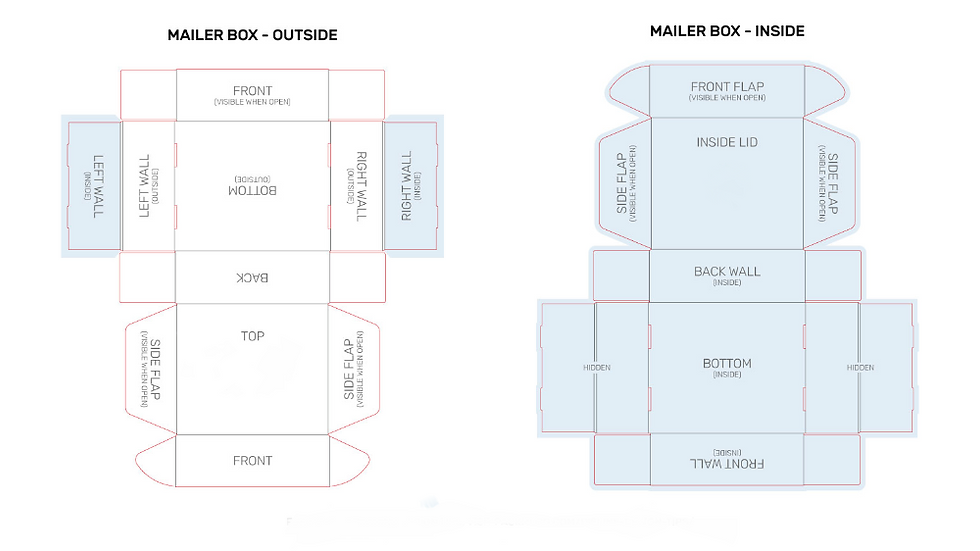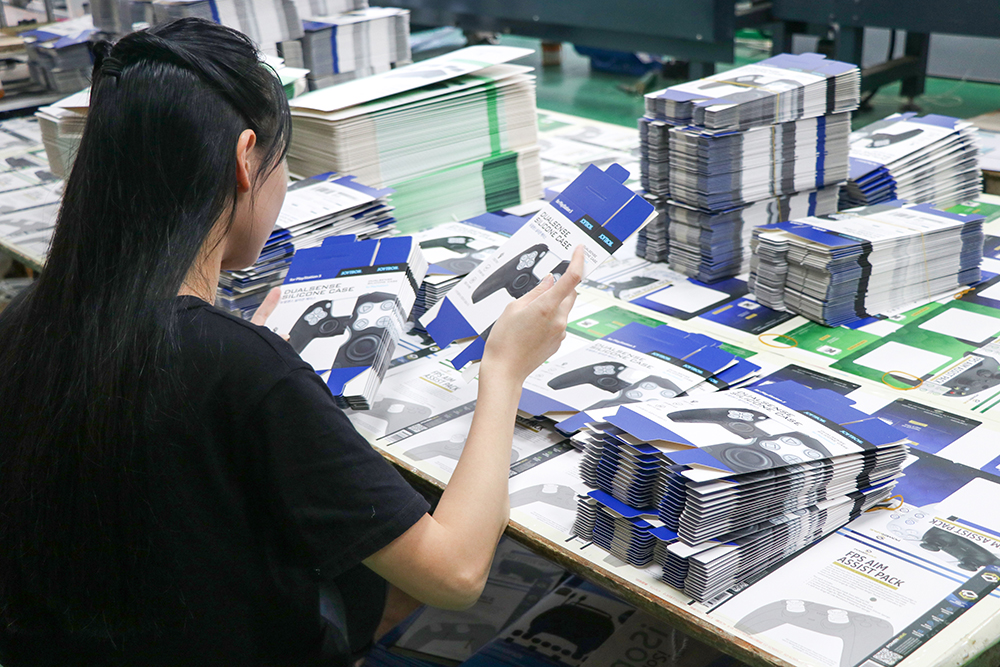I. What is a Die?
A die is a crucial tool in various manufacturing and crafting processes. It is a precisely shaped object, typically made of metal or other durable materials.
In a manufacturing context, a die is used to shape or cut materials. For example, in metalworking, a die can be used to stamp out specific shapes from metal sheets. In the die cutting process in packaging, it is used to create precisely shaped packaging components by cutting through materials like paper, cardboard, or plastic.

II. Die Cutting Tools and Materials
A. The types of die cutting tools available are diverse and specialized. Steel rule dies, for instance, are known for their durability and ability to handle a variety of materials. They consist of thin steel strips bent into the desired shape and mounted on a base. Rotary dies, on the other hand, are ideal for high-volume production runs and offer continuous cutting. Flatbed dies are often used for more complex shapes and provide precise cuts. Each type has its unique advantages and is selected based on the specific requirements of the packaging project.

B. A plethora of materials can be used for die cutting in packaging. Paper and cardboard are the most common choices due to their affordability, recyclability, and ease of printing. Plastic films are also widely used for their flexibility and resistance to moisture. Foils add a touch of elegance and can be used for decorative purposes. The selection of materials depends on factors such as the product being packaged, the desired level of protection, and the aesthetic goals.
C. When choosing die cutting tools, several characteristics need to be considered. Durability is crucial to ensure long-term use and consistent performance. The sharpness of the tool edges is essential for clean cuts and minimal waste. Compatibility with the material being cut is also vital to avoid damage or poor-quality cuts. Additionally, the ease of setup and maintenance of the tools can impact overall productivity.
III. The Die Cutting Process Steps
A. The design of the die is the foundation of the entire process. Skilled engineers and designers use computer–aided design (CAD) software to create a digital model of the desired shape. This model takes into account the dimensions, tolerances, and any special features or perforations. The design must be precise to ensure that the final cut pieces fit together seamlessly and meet the packaging requirements.

B. The setup and alignment of the die and the material are critical steps. The die is carefully installed in the die cutting machine, and the material is fed into the machine with precision. Any misalignment can lead to inaccurate cuts, wasted materials, and production delays. Advanced die cutting machines often have automated alignment systems and sensors to ensure accurate positioning.
C. The feeding of the material into the die cutting machine requires a smooth and consistent mechanism. This can be achieved through various feeding systems, such as rollers or conveyors, that ensure the material is advanced at the right speed and tension. Uneven feeding can result in crooked cuts or jams.
D. The actual die cutting operation involves applying pressure to the material using the die. The pressure is controlled to ensure a clean and complete cut without damaging the material. Different machines use different methods to apply pressure, such as hydraulic, pneumatic, or mechanical systems. The cutting speed and force are adjusted based on the material thickness and the complexity of the design.
E. After the die cutting is complete, the removal of the cut pieces from the die is necessary. This is often done using vacuum systems, ejectors, or manual handling. Care must be taken to avoid bending or tearing the cut pieces during removal. The cut pieces are then sorted, inspected, and prepared for further processing or assembly.
IV. Quality Control in Die Cutting
A. Inspection methods play a vital role in ensuring the quality of the die cut products. Visual checks are conducted to look for any visible defects such as torn edges, misaligned cuts, or inconsistent shapes. Dimensional measurements are also taken to verify that the cut pieces meet the specified tolerances. Additionally, tests for strength and functionality may be performed depending on the application.

B. Maintaining dimensional accuracy is of utmost importance. Any deviation from the desired dimensions can lead to improper fitting of the packaging components or problems during assembly. Quality control measures include regular calibration of the die cutting machine and the use of precision measuring tools to ensure consistent results.
C. Checking for defects is an ongoing process. Defects such as burrs, nicks, or incomplete cuts can compromise the quality and functionality of the packaging. These defects can be detected through visual inspections, as well as through advanced inspection technologies such as cameras or sensors. Any defective pieces are removed or reworked to meet the quality standards.
V. Applications of Die Cutting in Packaging
A. Die cutting is widely used in the production of various packaging products. Boxes and cartons are perhaps the most common applications, where die cutting is used to create custom shapes, flaps, and closures. Labels and stickers can also be die cut to add unique designs and branding elements. Additionally, die cutting is used in the creation of inserts, partitions, and other components that enhance the organization and protection of the packaged goods.
B. The advantages of die cutting in specific packaging scenarios are numerous. It allows for the creation of unique and eye-catching packaging designs that can distinguish a product on the shelf. Die cut packaging can also provide enhanced protection by precisely fitting around the product. In addition, it offers flexibility in terms of material selection and can be customized to meet the specific needs of different products.
VI. Challenges and Solutions in Die Cutting
A. Some common challenges faced in die cutting include the wear and tear of the die over time, which can lead to reduced cutting quality. To address this, regular maintenance and replacement of the die are necessary. Another challenge is dealing with difficult-to-cut materials or complex designs that may require specialized tools or techniques. Advanced die cutting technologies and materials are constantly being developed to overcome these challenges.
B. Ways to overcome these challenges include using high-quality materials for the die, proper lubrication to reduce friction and wear, and continuous training of operators to ensure they are skilled in handling different materials and designs. Additionally, collaborating with experienced die cutting suppliers and manufacturers can provide valuable insights and solutions.
VII. Future Trends in Die Cutting for Packaging
A. Technological advancements in die cutting are expected to continue. Automation and digitization will play a greater role, allowing for more precise control, faster production, and reduced waste. Smart die cutting machines may be capable of real-time monitoring and self-adjustment to optimize the process.
B. The impact on the packaging industry will be significant. Faster turnaround times, increased customization options, and improved quality control will be possible. Additionally, sustainable die cutting practices will gain importance as the industry focuses on reducing environmental impact.
VIII. Conclusion
The die cutting process is a critical component of packaging, enabling the creation of high-quality, functional, and visually appealing packaging solutions. By understanding the various steps, tools, and applications, as well as the challenges and future trends, packaging professionals can make informed decisions and take advantage of the many benefits that die cutting offers. The continuous evolution of die cutting technology will ensure that it remains a vital tool in the packaging industry for years to come